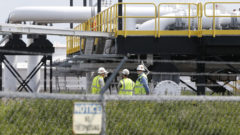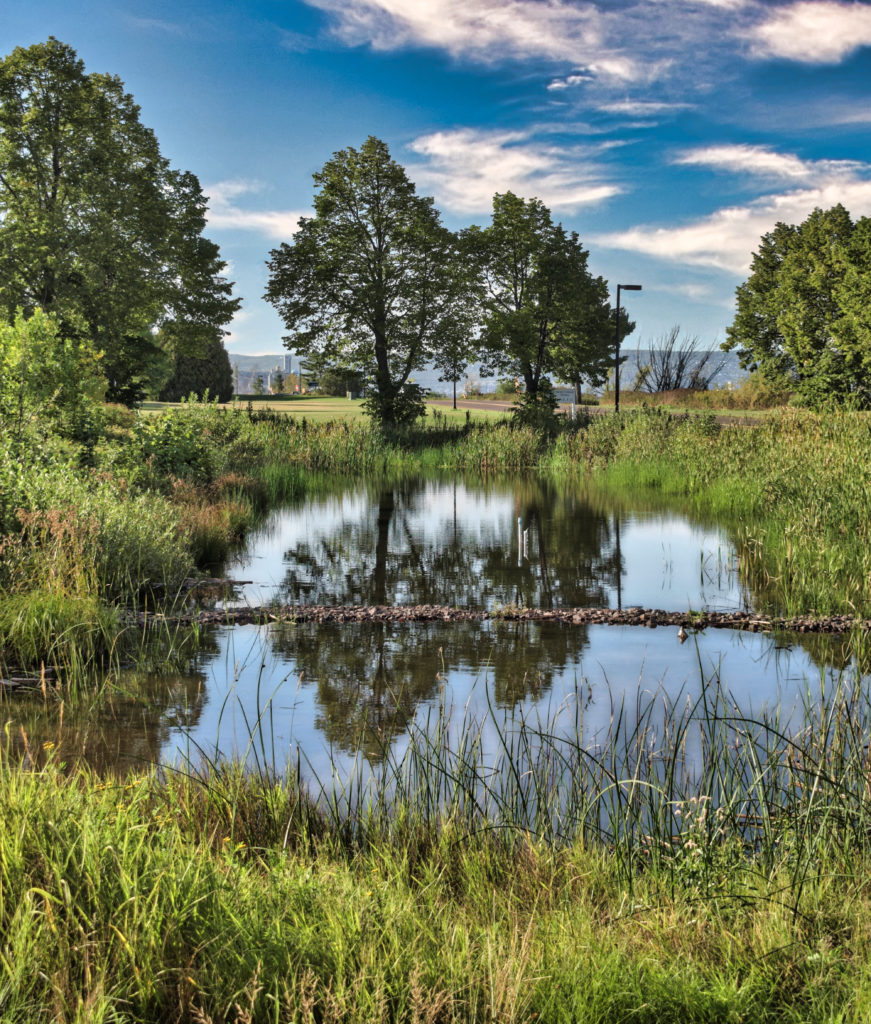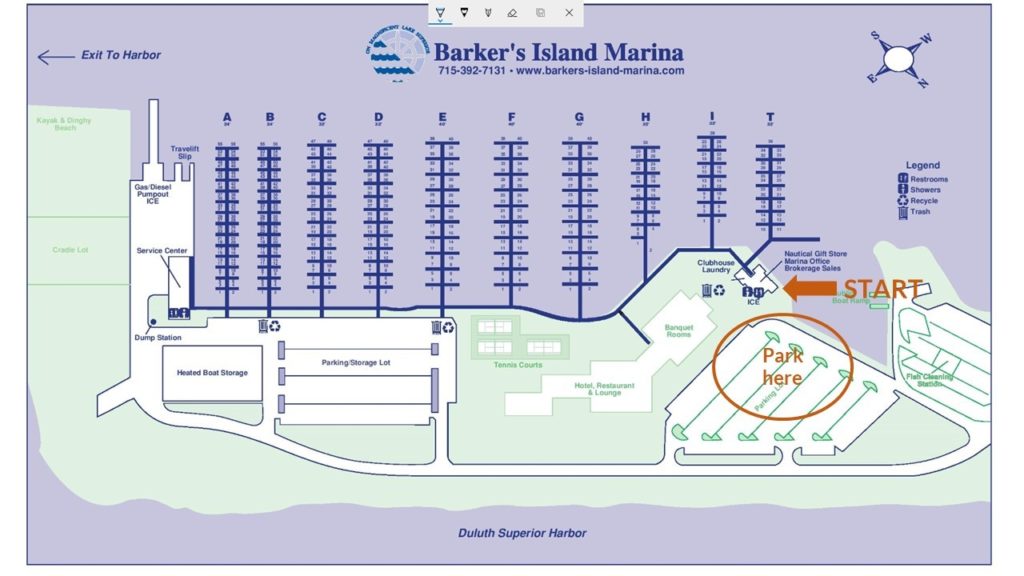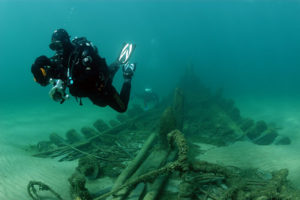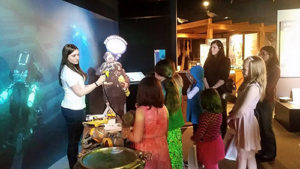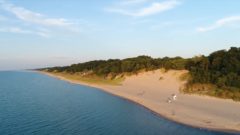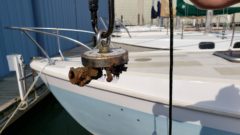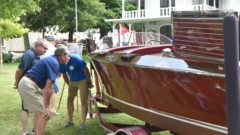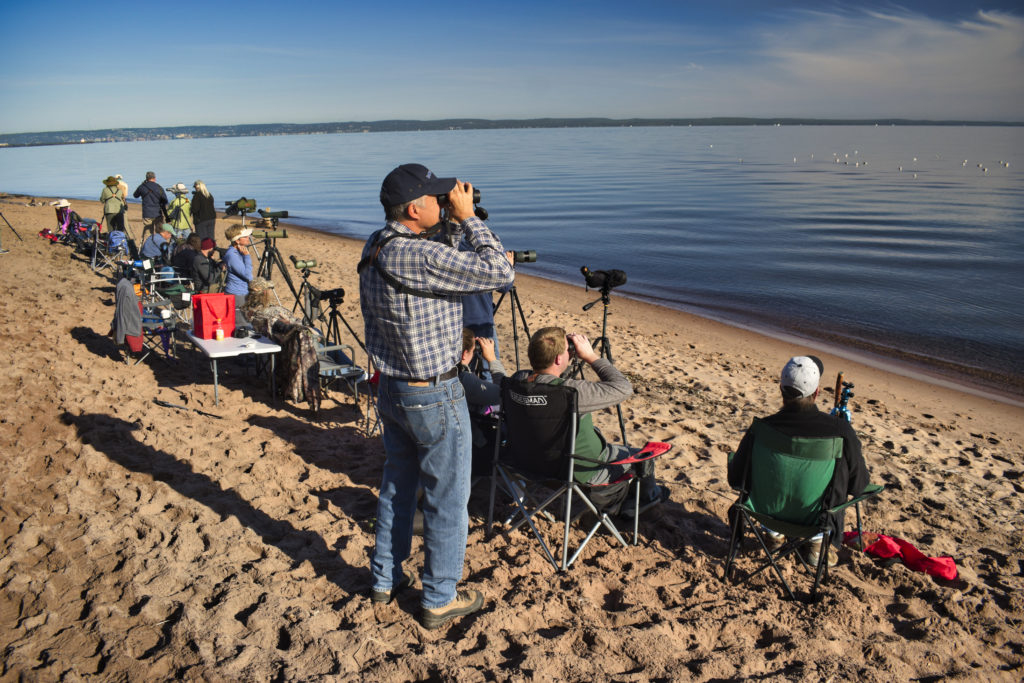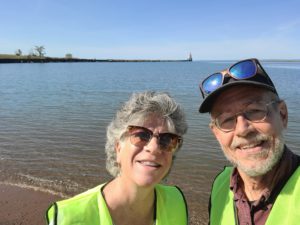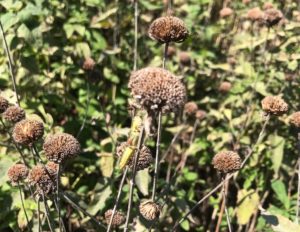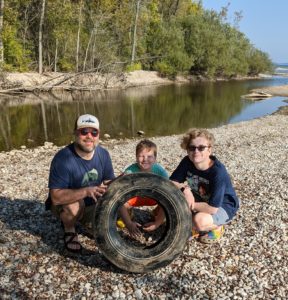Great Lakes Moment: Lessons from the Ashtabula River cleanup
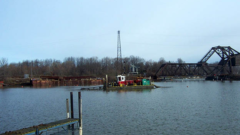
Great Lakes Moment is a monthly column written by Great Lakes Now Contributor John Hartig. Publishing the author’s views and assertions does not represent endorsement by Great Lakes Now or Detroit Public Television.
When the Ashtabula River and Harbor was identified as a Great Lakes pollution hotspot, or Area of Concern, in 1985, few people thought the day would ever come when it was cleaned up and no longer a detriment to the community and Lake Erie.
Great Lakes Now
https://www.greatlakesnow.org/2021/10/great-lakes-moment-lessons-ashtabula-cleanup/

